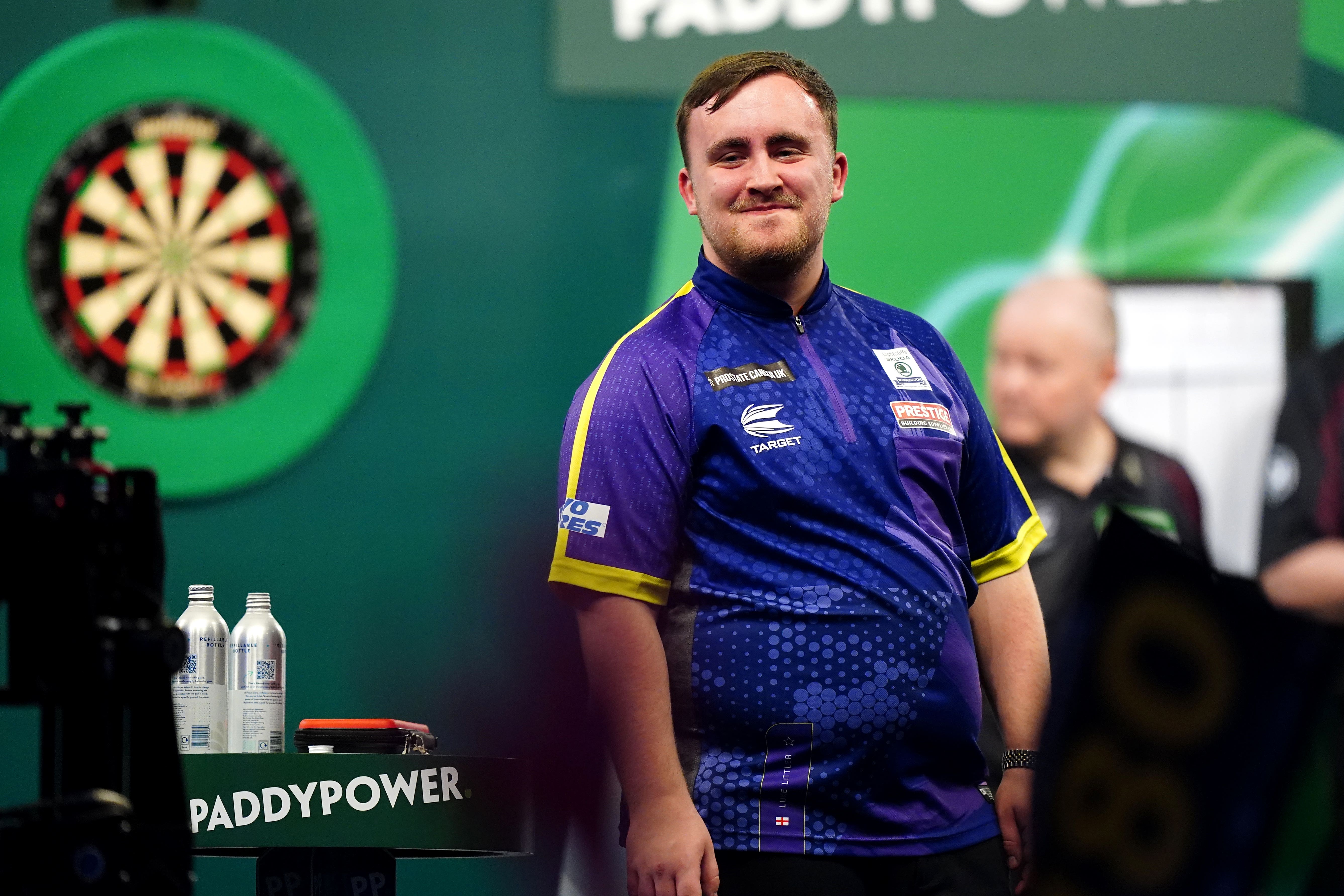Being good at darts means hitting your targets consistently. It requires skill, accuracy, and practice.
Darts is more than just a pub game; it’s a test of precision and focus. Knowing if you’re good at darts can be tricky, especially if you’re new to the game. You might wonder how to measure your skill level and what signs indicate you’re improving.
Understanding these factors can help boost your confidence and enhance your game. In this blog post, we’ll explore key indicators that show you’re good at darts. We’ll cover basic skills, accuracy, and consistency to help you gauge your performance. Whether you’re playing for fun or aiming to compete, knowing where you stand can make all the difference.
Table of Contents
Signs Of Dart Proficiency
Good dart players hit the same spot often. This shows control and skill. They rarely miss the board. High scores are common. Players often get 20 points or more. Bullseyes happen a lot. These players stay calm under pressure. They practice a lot. This makes them better. Friends notice their skills.
Skilled players aim well. They hit their targets often. This shows precision. They can hit small areas. Triple 20 is a favorite spot. Their darts land close together. This means good grouping. They can change targets easily. This shows versatility. Players know where to aim. Their throws are consistent and precise.
Understanding Scoring Patterns
If you often score high, you are likely good at darts. High scores show you hit the right spots on the board. Aim for the bullseye and triple 20. Hitting these often means you have good aim. Practice helps improve your scores. Keep track of your scores to see progress.
Look at your scores. Are they close to each other? Consistent scores mean you have control. Low variability shows you can repeat good throws. Control is key in darts. It shows skill and practice. Keep practicing to reduce score differences. Track your progress over time.
Skill Improvement Indicators
Fewer misses mean you are getting better. Your aim improves with practice. You hit the board more often. This shows progress. It builds confidence. Consistency is key. Keep practicing daily. Notice how often you hit your target. Track your misses. Over time, they should decrease.
Darts landing close together show better control. Your throws are more accurate. This is called grouping. Grouping improves with practice. It means you can aim well. It shows precision. Better grouping means more points. Your score will improve. Try to keep your darts close together.
Feedback From Peers
Friends and players might say you have a steady hand. They may notice your aim is improving. Compliments about your focus are common. Other players often mention your consistent throws. Positive comments mean you are doing well.
Skilled players might ask you for a match. This shows they respect your skills. They see you as a worthy opponent. Taking challenges from them means you are recognized. Winning or losing, you still gain respect.
Performance In Competitions
Winning matches is a sign of skill. Victory often means good aim. Winning many matches shows consistency. It proves you can handle pressure. It shows you can outplay others. You are good at darts if you win often.
Advancing in tournaments is key. Progressing through rounds shows skill. It means you can beat strong players. Reaching finals is even better. It shows you are among the best. Consistent progress is a strong indicator.

Credit: www.independent.co.uk
Consistency Under Pressure
A good dart player has a stable performance. Their scores are often close. This shows they can play well all the time. They do not let bad throws upset them. They stay focused and calm. This helps them keep a steady score.
Staying calm under pressure is key. Good players do not get nervous. They take deep breaths before throwing. This helps them stay relaxed. Their hands do not shake. They focus on the target. This calmness leads to better throws.
Mastery Of Techniques
A good grip is key in darts. Hold the dart firmly but not too tight. Your fingers should balance the dart evenly. The thumb, index, and middle fingers are crucial. They control the dart. Always practice the same grip. This builds muscle memory. Over time, it improves accuracy.
An effective stance helps in darts. Stand with one foot forward. The front foot points at the dartboard. Keep your back foot steady. Distribute weight evenly. This helps in maintaining balance. Lean slightly forward. It gives better aim. Always keep eyes on the target. This ensures precision.

Credit: www.reddit.com
Utilization Of Strategy
Picking the right targets is key in darts. Focus on the numbers you hit best. Hitting these numbers more often will give you an edge. Some players aim for the bullseye too much. This can lower their score. Choose targets wisely and improve your game.
Good dart players adjust their strategy. Sometimes, your aim can be off. Don’t stick to the same target. Change your plan based on your performance. This shows you understand the game. Flexibility is a sign of a skilled player.

Credit: www.amazon.com
Frequently Asked Questions
What Are Signs You Are Good At Darts?
You hit the target consistently. Your scores improve over time. You enjoy playing regularly.
How Often Should I Practice Darts?
Practice darts at least twice a week. Consistent practice helps improve your accuracy and confidence.
Can Beginners Become Good At Darts?
Yes, beginners can become good. Regular practice, focus, and learning techniques help improve your skills.
Conclusion
To sum up, knowing you are good at darts involves practice and consistency. Track your scores and aim for improvement each game. Noticeable accuracy and hitting targets often show progress. Enjoyment and confidence while playing also indicate skill. Keep practicing, and watch your abilities grow.
Remember, everyone starts somewhere, so don’t get discouraged. Celebrate small victories and stay motivated. Happy dart throwing!